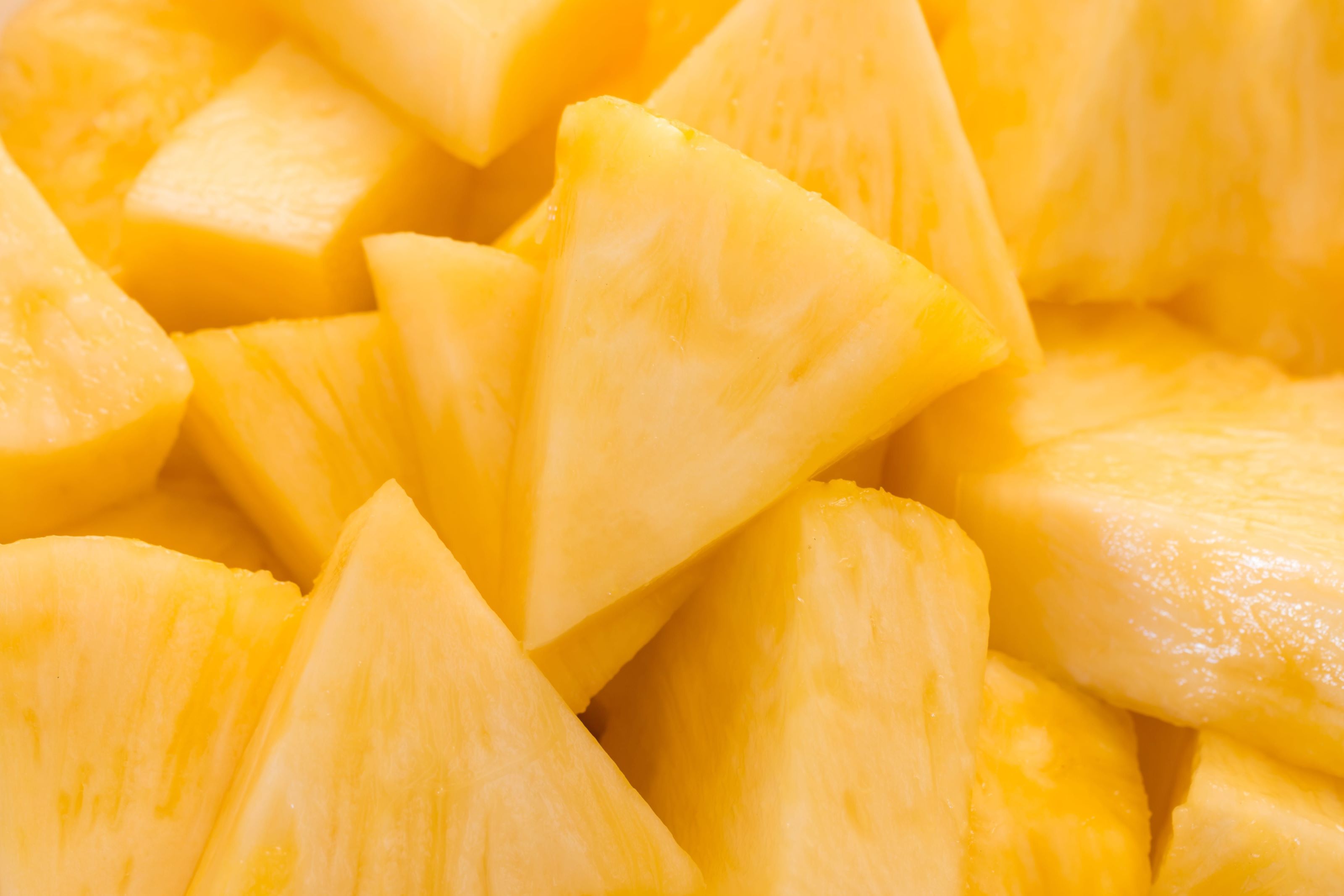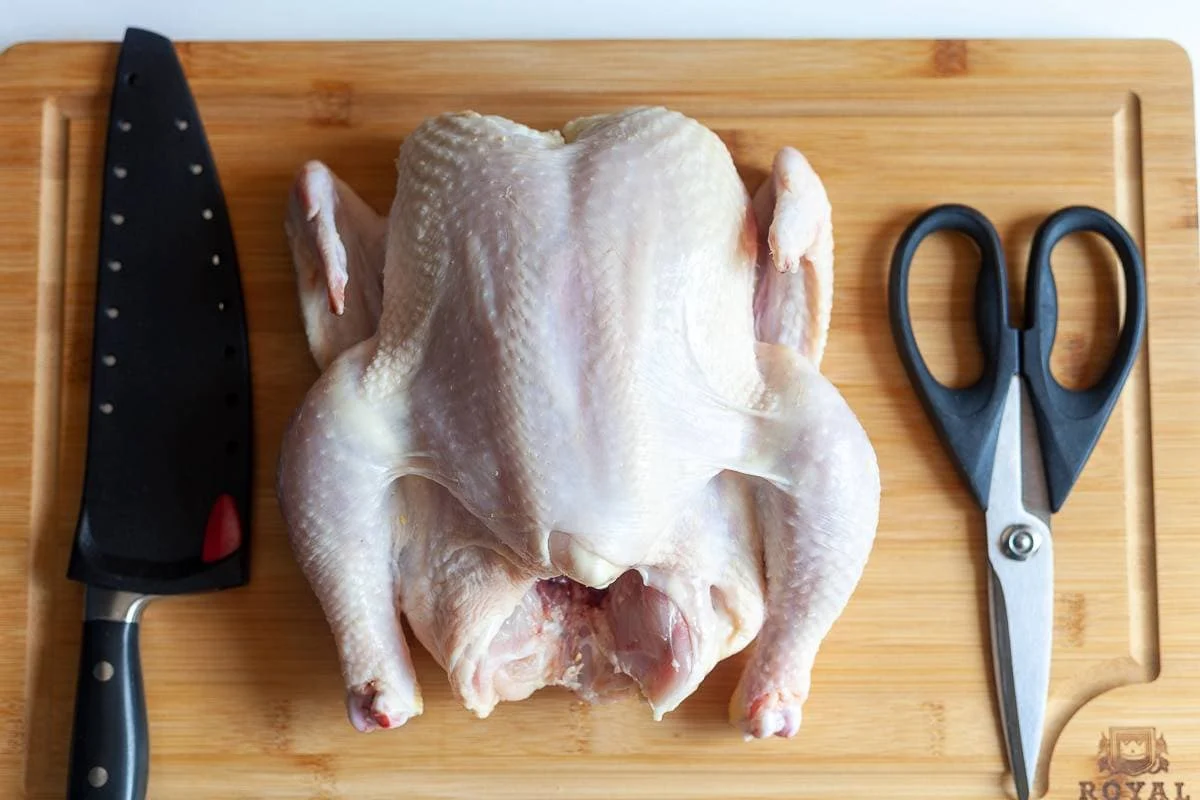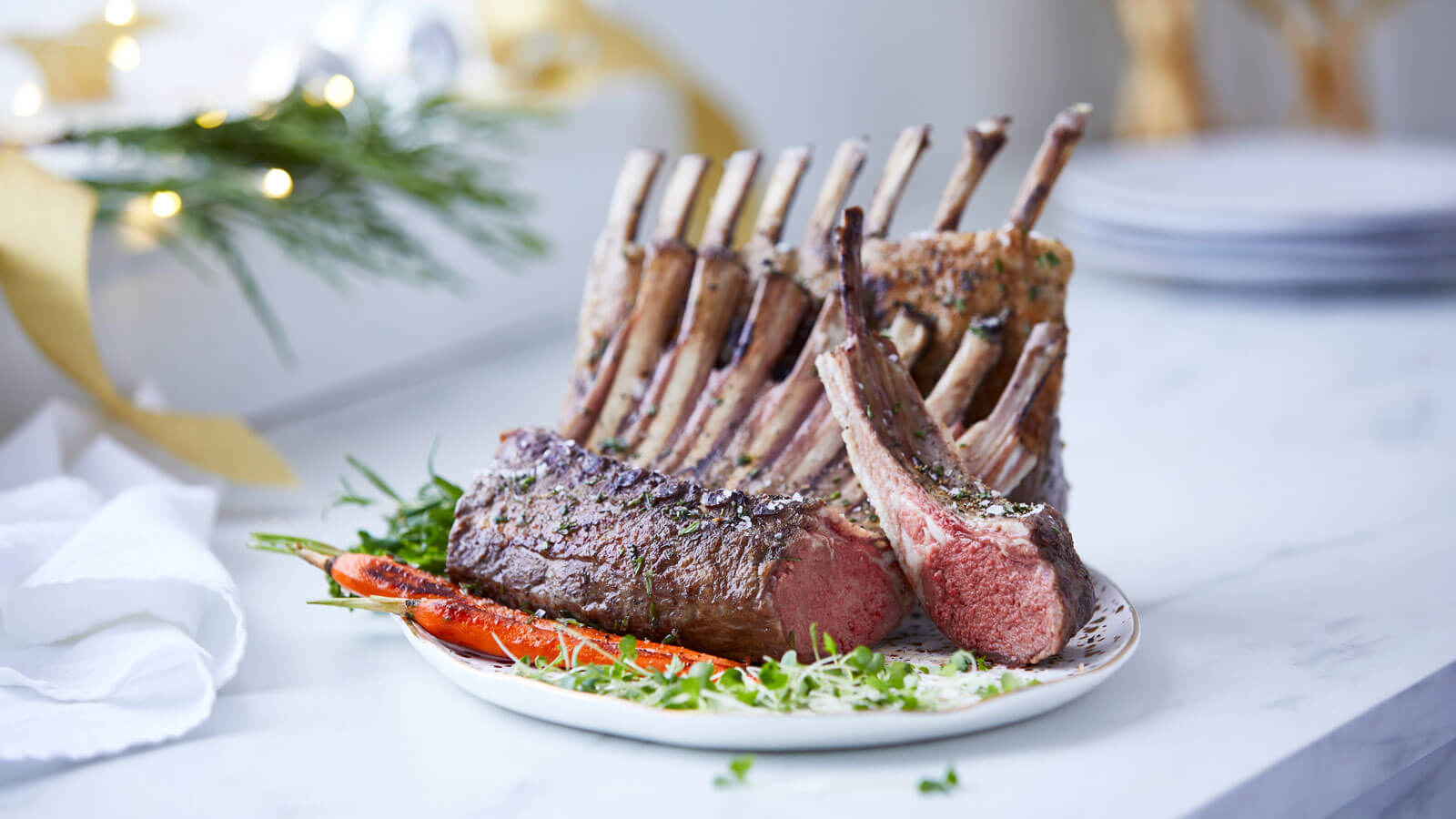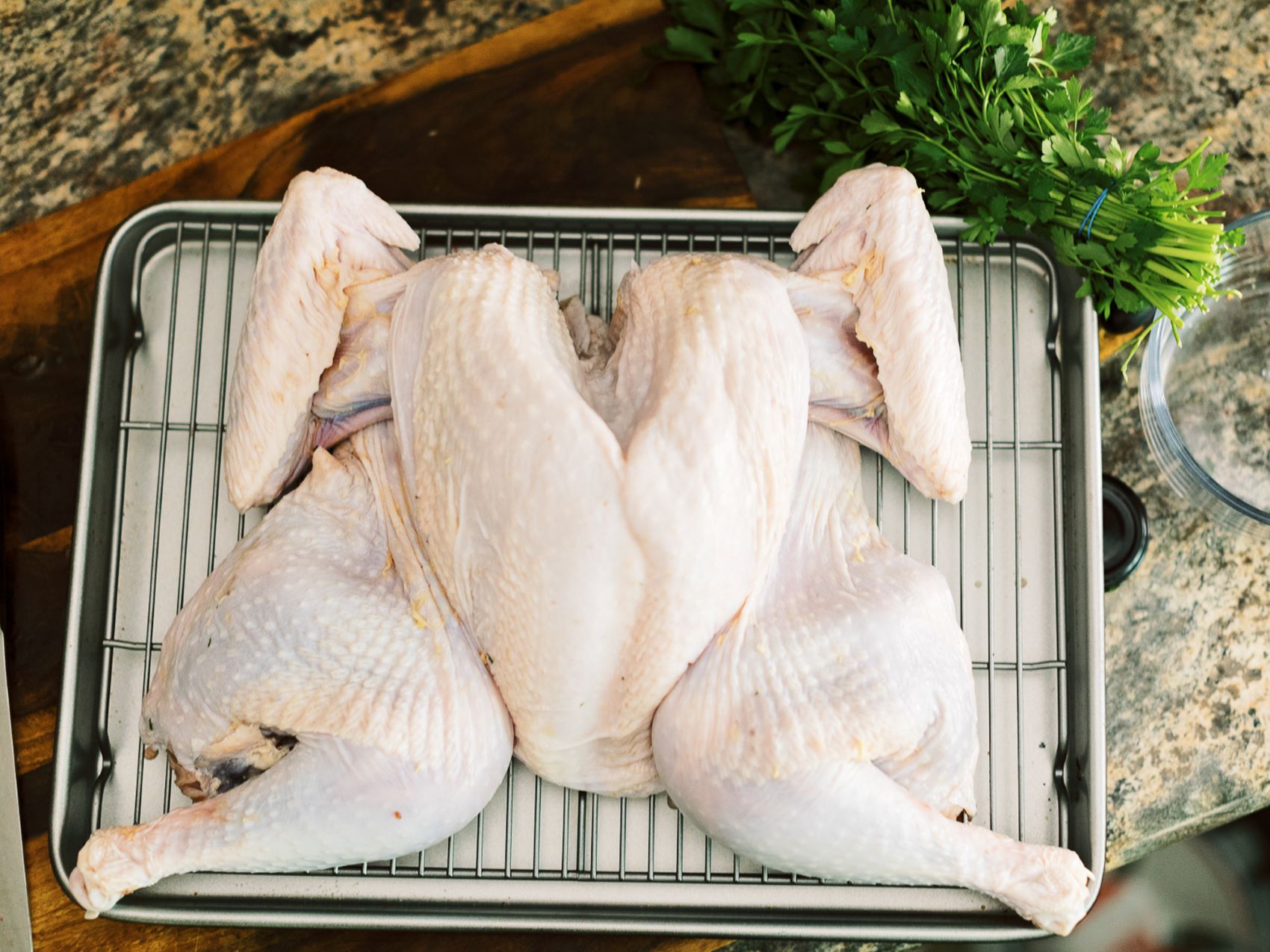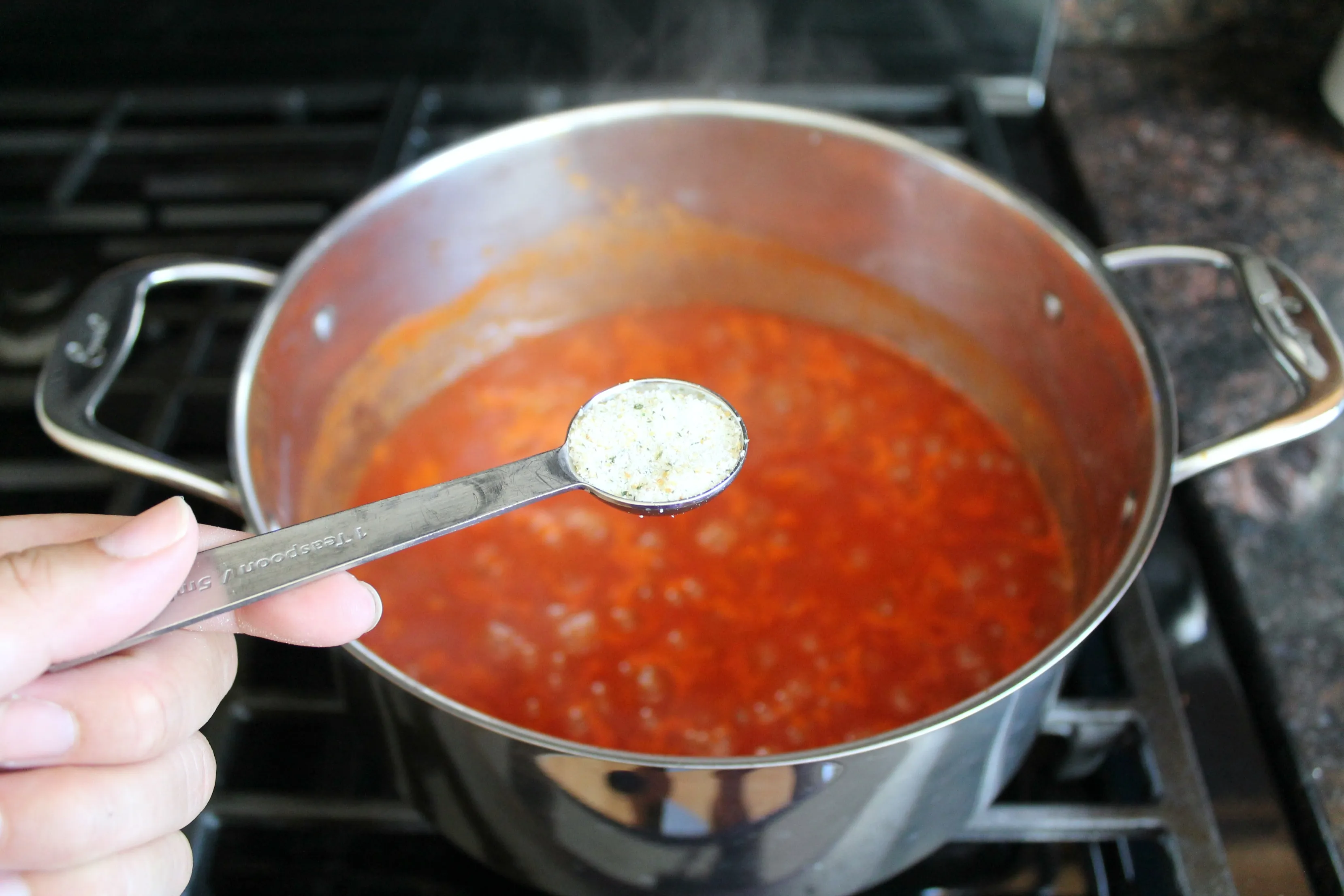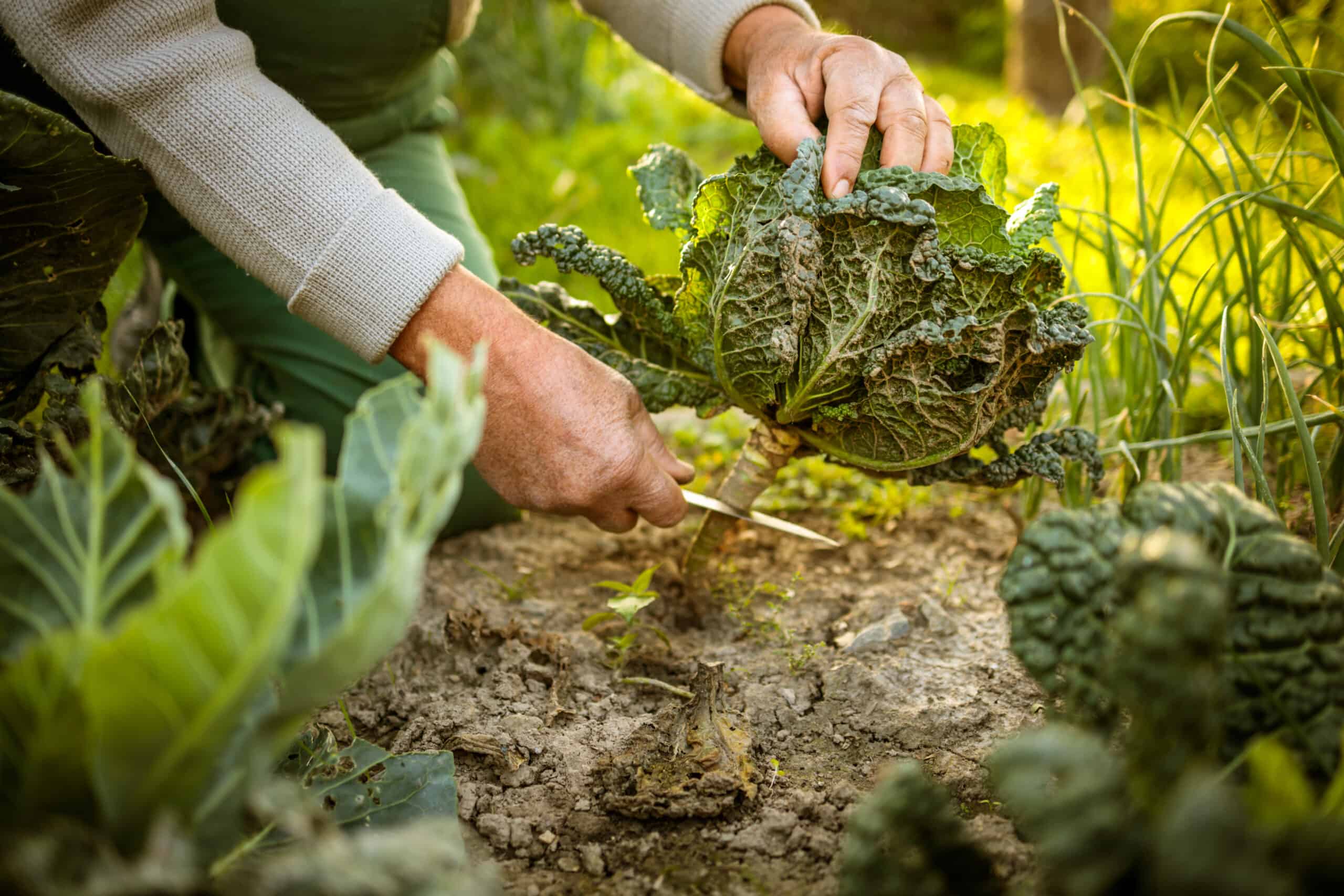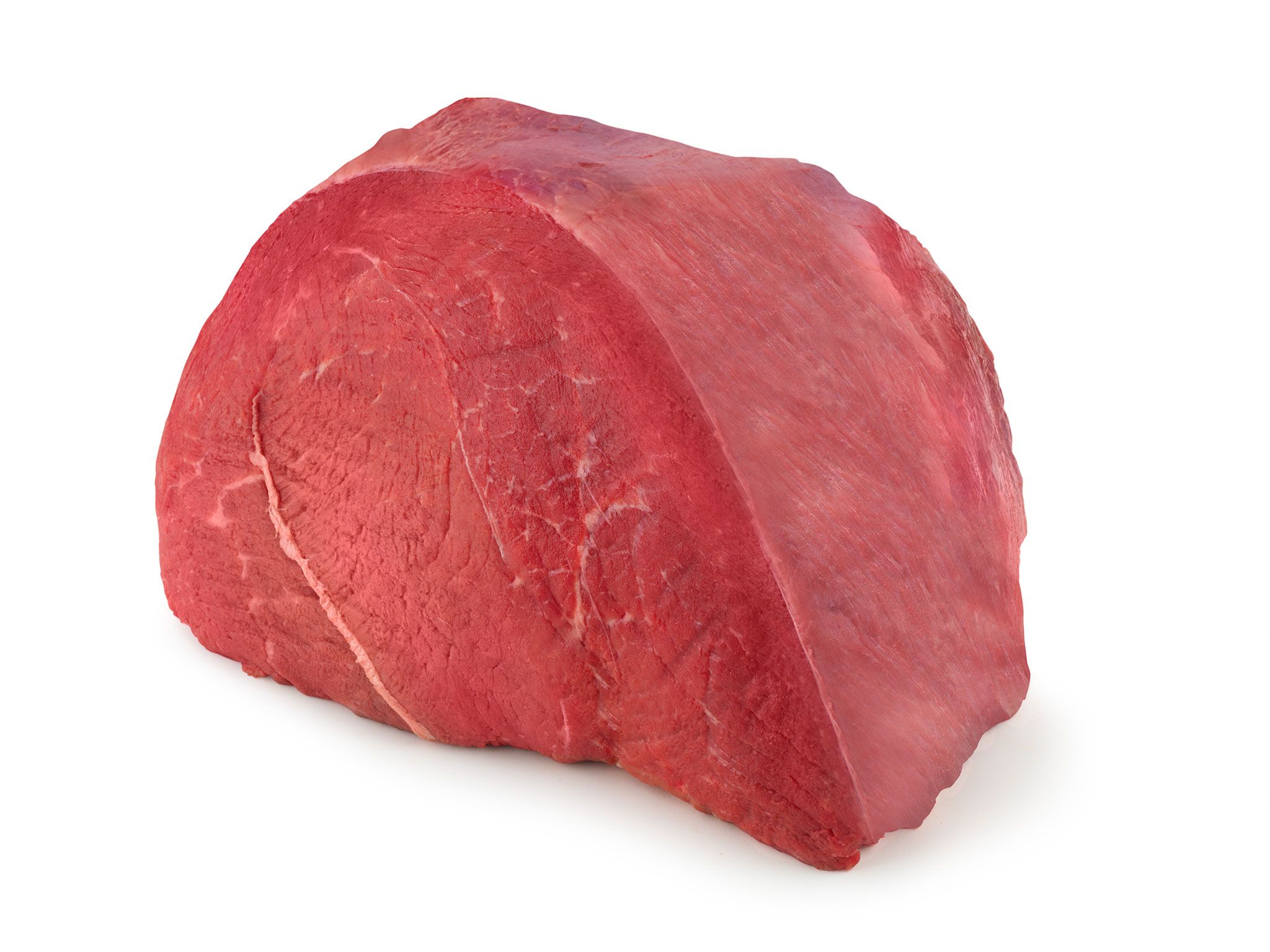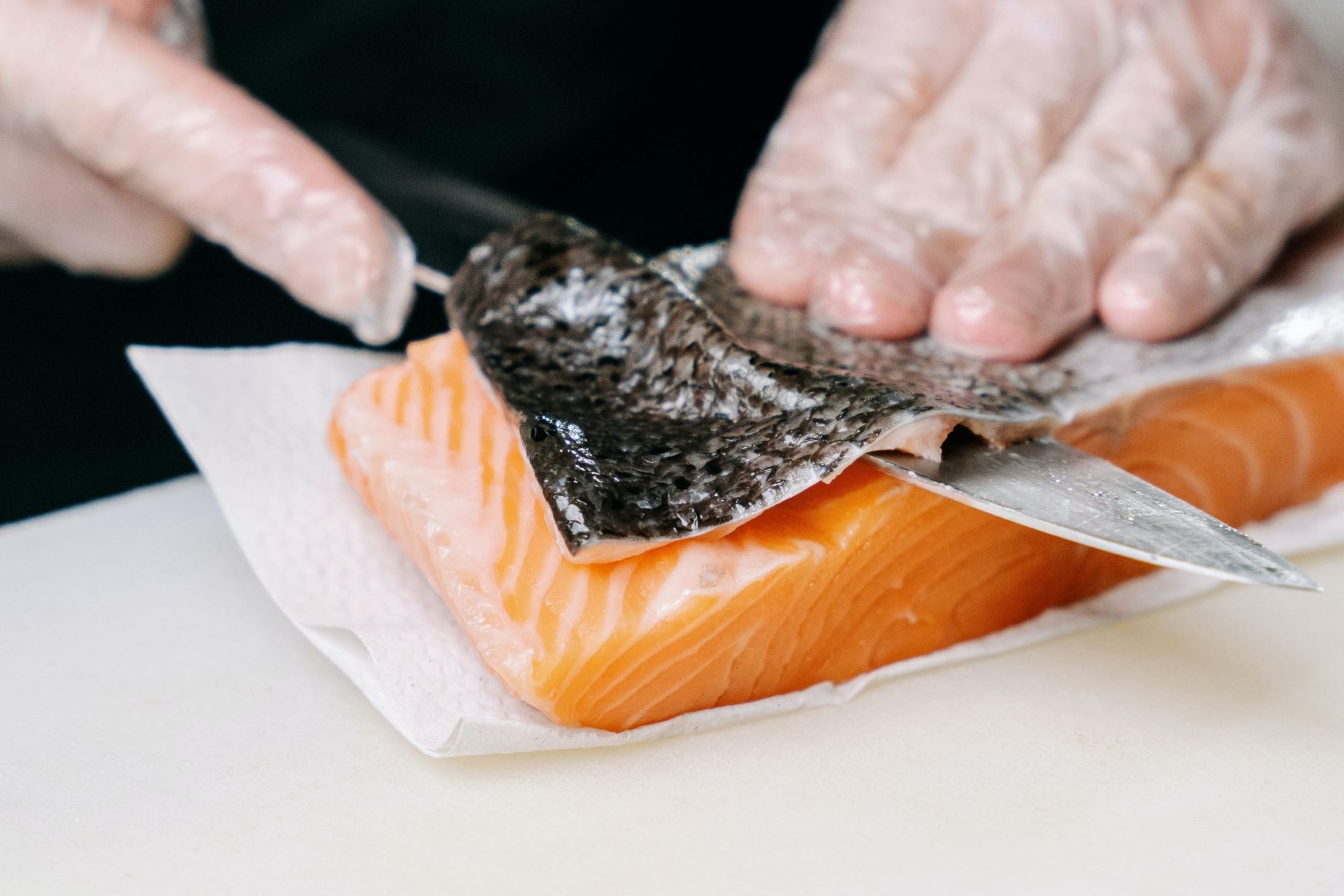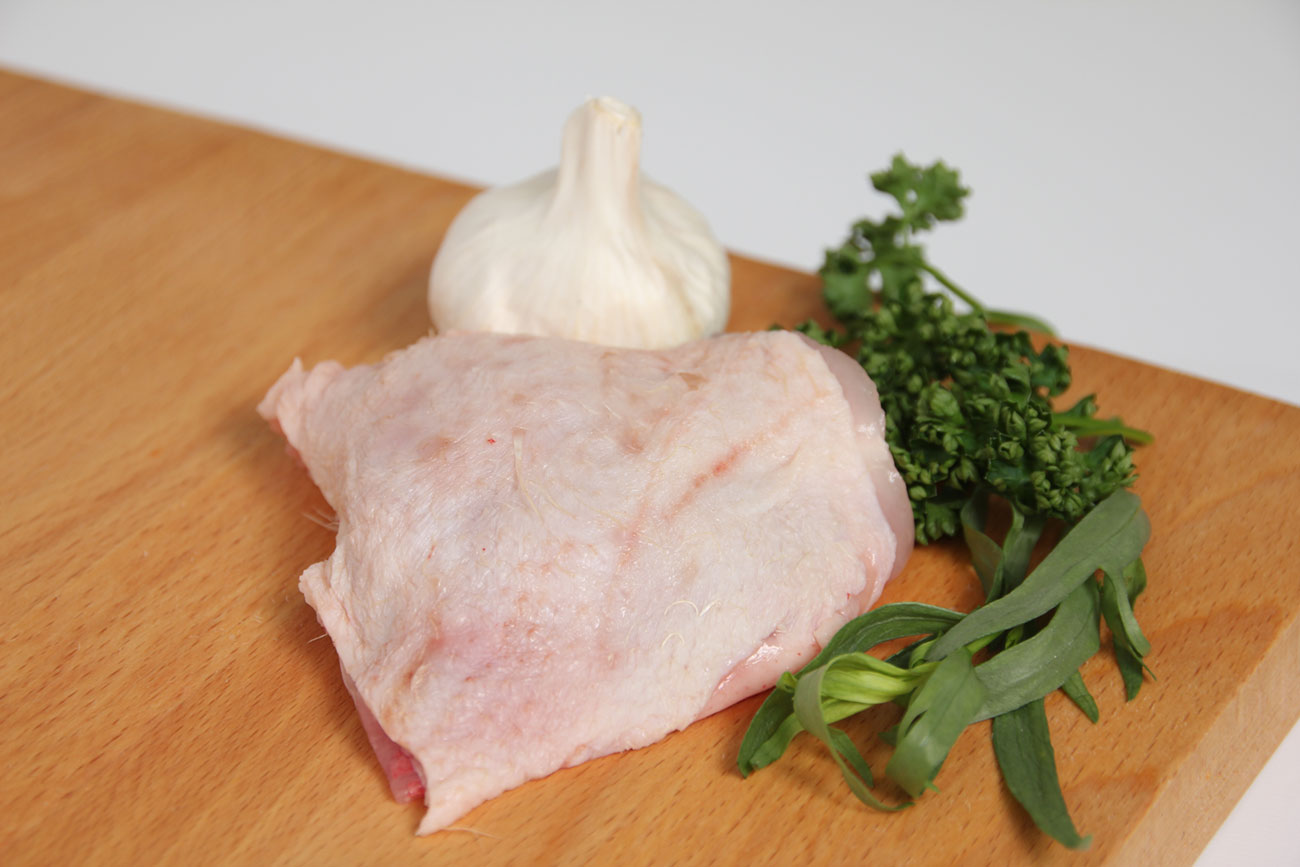Introduction
Welcome to our guide on how to cut sourdough before baking! If you’re a bread lover, you know there’s nothing quite like the tangy, chewy goodness of a fresh sourdough loaf. But, before you can enjoy that first delicious slice, you need to know how to cut it properly. In this article, we’ll walk you through the steps to achieve that perfect cut every time. So, let’s get started!
1. Gather Your Tools
Before you start cutting into your beautiful sourdough bread, make sure you have the right tools on hand:
- A sharp serrated knife: A serrated knife will help you cut through the crust without crushing the delicate crumb.
- A cutting board: Choose a sturdy cutting board that gives you enough space to work comfortably.
- A bread lame or razor blade: If you’re feeling fancy, a bread lame or razor blade can help you create decorative cuts on the bread’s surface.
2. Allow the Bread to Cool
After removing your sourdough bread from the oven, resist the temptation to cut into it right away. Allow the loaf to cool completely on a wire rack. Cutting into a hot loaf can result in a gummy texture and squished, uneven slices.
3. Decide on the Shape
Sourdough loaves come in various shapes, such as round boules or oblong batards. Consider how you want your final slices to look and choose a cutting technique accordingly.
4. Position the Bread Correctly
Place your cooled sourdough loaf on the cutting board. If it’s a round boule, position it with the flat bottom facing down. For a batard, position it lengthwise on the board.
5. Make Clean Slices
Take your sharp serrated knife and carefully cut through the crust of the loaf. Use a gentle sawing motion, rather than pressing down too hard. This will help maintain the integrity of the bread’s crumb structure.
6. Slice and Serve
Continue cutting clean slices until you reach your desired thickness. For sandwiches or toast, aim for slices that are about half an inch thick. For serving with soup or as an accompaniment to a meal, thinner slices work well.
7. Optional Decorative Cuts
If you want to add a touch of artistry to your sourdough loaf, you can make decorative cuts on the surface. Using a bread lame or razor blade, create slashes or patterns in the crust. This not only adds visual appeal but also helps control the bread’s rise during baking.
8. Store Properly
Once you have cut your sourdough bread, it’s important to store it correctly to maintain its freshness. Wrap the remaining portion tightly in plastic wrap or place it in an airtight container. Proper storage will prevent the bread from going stale too quickly.
Conclusion
Cutting sourdough bread before baking is a skill that enhances your overall bread baking experience. By following these simple steps, you can ensure that each slice of sourdough is both aesthetically pleasing and delicious. So, grab a loaf and start practicing your cutting technique. Enjoy the wonderful world of homemade sourdough!
Was this page helpful?
Read Next: How To Cut Clean Brownies
